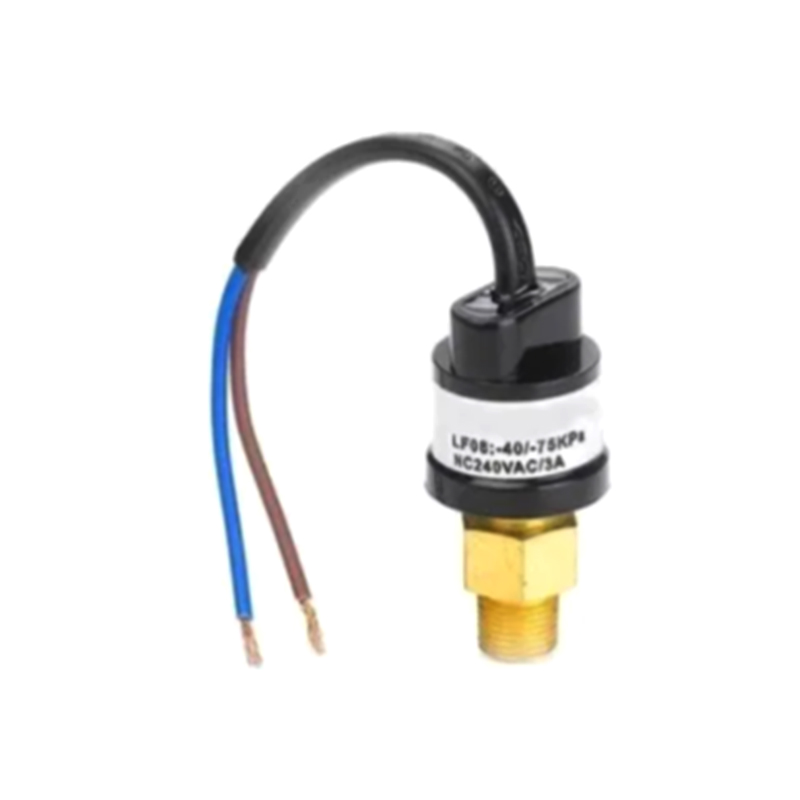How do the electrical parameters of a selector switch, such as rated voltage and current, affect its application scenarios?
The electrical parameters of a selector switch, such as rated voltage and current, have an important impact on its application scenarios. Here are some key points to explain how these parameters affect the application of selector switches:
1. Impact of rated voltage
Safety: The rated voltage of a selector switch determines its safety at a specific voltage. For example, the rated voltage of a switch needs to be higher than the actual working voltage to avoid insulation failure and fire risks.
Scope of application: Different application scenarios (such as household appliances, industrial equipment, etc.) require different rated voltages. Household appliances are usually below 220V, while industrial equipment may require a rated voltage of 380V or higher.
Function realization: Certain functions (such as power switching) may require a specific voltage range to ensure the normal operation of the equipment.
2. Impact of rated current
Load capacity: The rated current determines the size of the load that the selector switch can safely carry. Excessive loads may cause the switch to heat up or be damaged, so a switch with a rated current greater than the actual load must be selected.
Control capability: In situations where multiple circuits or devices need to be controlled, the rated current of the switch will limit the number and type of devices it can control. For example, some switches may only be suitable for low-power devices and not for high-power motors.
Electrical life: The rated current of the selected switch will also affect its electrical life, and overload will cause premature failure of the switch. Therefore, selecting the appropriate rated current is the key to ensuring long-term reliability.
3. Environmental adaptability
Temperature and humidity: The rated voltage and current may be affected by environmental conditions. In high temperature or high humidity environments, the performance of the selected switch may deteriorate, so the environmental adaptability of the rated parameters should be considered when selecting.
Electrical interference: In some environments, electrical interference (such as electromagnetic interference) may affect the performance of the switch. Choosing the appropriate rated voltage and current can help improve the switch's resistance to interference.
4. Certification standards
Industry standards: Different application scenarios and industries have specific certification standards for the electrical parameters of the selected switch, such as UL, CE, etc. Choosing a switch that meets these standards can ensure its safety and reliability in specific applications.
5. Cost considerations
Design and manufacturing costs: The rated voltage and current affect the design and manufacturing of the switch. Generally, the higher the rated current, the higher the material cost and manufacturing complexity of the switch. The relationship between performance and cost needs to be weighed when selecting.














